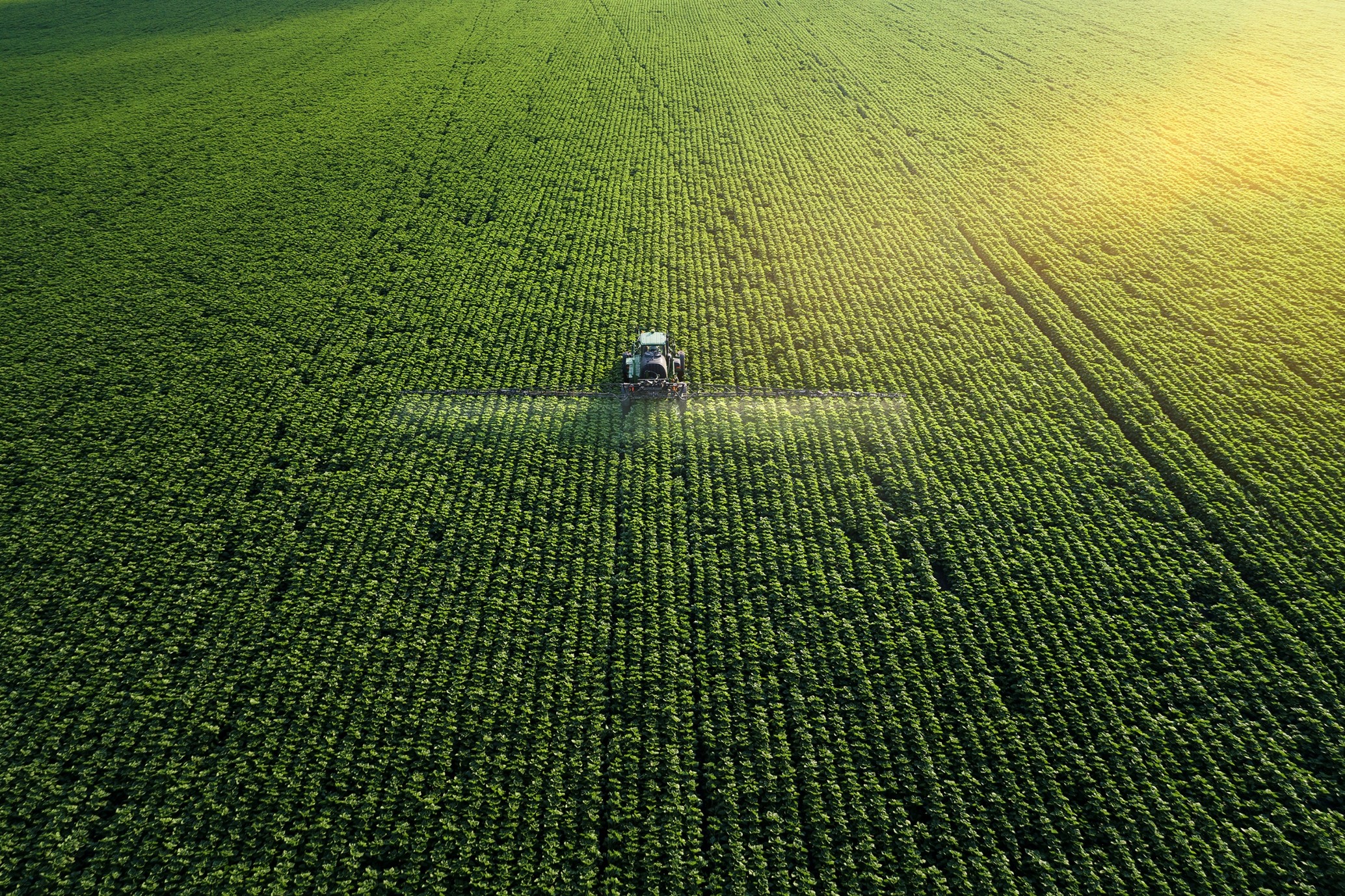There are more than 1400 active biopesticide product registrations.
Biopesticides are an ecofriendly alternative to chemical pesticides. The most widely used biopesticides are living organisms that are pathogenic to the target pest.
There are 3 major classes of biopesticides:
- Biochemical pesticides
- Microbial Pesticides (bacterium, fungus, virus, protozoan or algae)
- Plant-Incorporated-Protectants (PIPs)
Advantages
- Characteristically less toxic than conventional pesticides.
- Generally only the target pest and closely related organisms, compared to broad spectrum, conventional pesticides that may affect organisms as different as birds, insects and mammals.
- Effective in small quantities and often decompose quickly, resulting in lower exposures and largely avoiding the pollution problems caused by conventional pesticides.
- When used in Integrated Pest Management (IPM) programs, biopesticides can significantly reduce the use of conventional pesticides.



